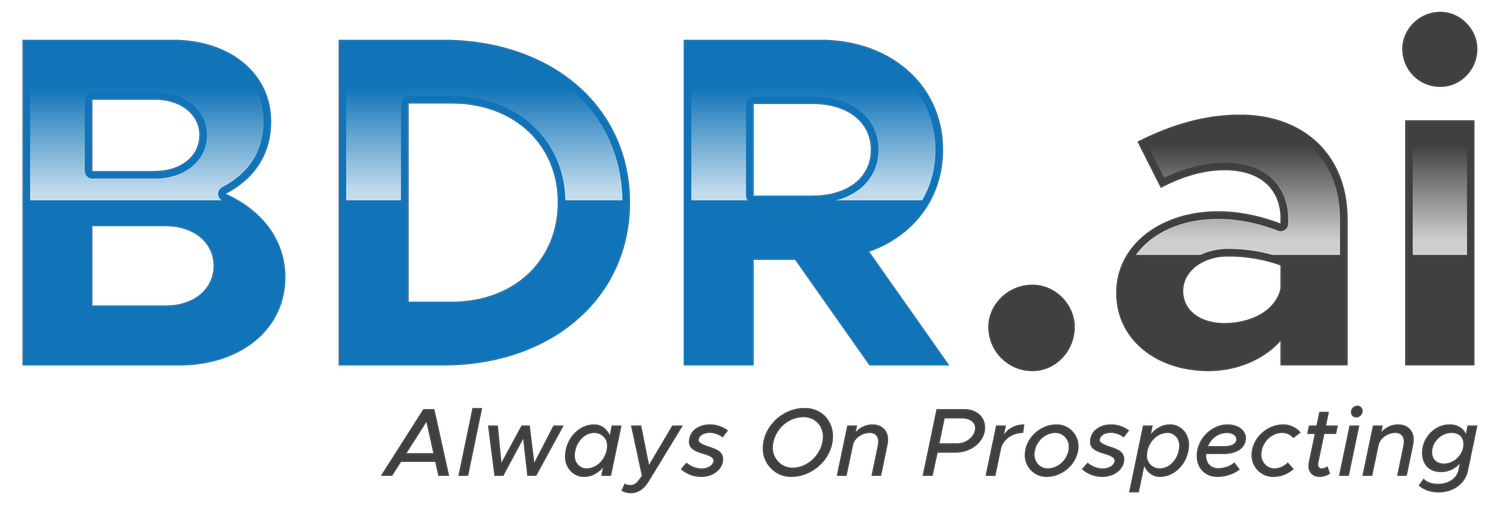How many questions are you asking?
So many people miss what's most important. They add connections on LinkedIn without making a personal connection.
The number of questions an average salesperson asks in a typical sales conversation varies based on the industry, sales style, and complexity of the sale. However, research and sales studies provide some insights:
Average Salesperson: Asks between 6-12 questions per conversation.
Top-Performing Salespeople: Ask 11-14+ questions per conversation, with a balance of open-ended and follow-up questions (Gong.io study).
Conversational Balance: High-performing salespeople aim for a 45-55% talk-to-listen ratio, meaning they ask more questions and let the prospect do most of the talking.
Common Pitfalls in Sales Conversations
Asking too few questions (leading to a weak understanding of the prospect’s needs).
Asking too many rapid-fire questions (making the conversation feel like an interrogation).
Asking only surface-level questions (instead of deep, insight-driven ones).
Ideal Approach
A well-structured sales conversation typically includes:
Rapport-Building Questions (2-3) – Personal/professional icebreakers.
Discovery Questions (5-7) – Understanding pain points, goals, and decision-making.
Objection-Handling & Clarification Questions (2-3) – Addressing concerns.
Closing & Next-Step Questions (1-2) – Ensuring a clear path forward.
Here are powerful sales questions categorized by What, Why, Who, When, Where, and How to help a salesperson effectively start conversations, build rapport, and uncover critical insights about the prospect and their company.
WHAT Questions (Discover Needs, Goals & Challenges)
What inspired you to explore solutions in this area?
What are your top priorities for this quarter/year?
What challenges are preventing you from reaching your goals?
What would success look like for you and your team?
What solutions have you tried in the past, and what worked/didn’t work?
What is the most frustrating part of your current process?
What happens if this issue isn’t solved?
🔹 WHY Questions (Understand Motivation & Decision Criteria)
Why is this a priority for you now?
Why do you think your current solution isn’t meeting expectations?
Why have you chosen to handle this problem in this way up until now?
Why do you believe this challenge exists in your industry/company?
Why would this solution be valuable to your business?
🔹 WHO Questions (Identify Decision Makers & Stakeholders)
Who else on your team is involved in making this decision?
Who would benefit the most from solving this issue?
Who has the final say when it comes to budget approval?
Who has tried to solve this problem before, and what was the outcome?
Who will be using this solution the most day-to-day?
🔹 WHEN Questions (Gauge Timing & Urgency)
When did you first notice this challenge?
When do you need a solution in place?
When does your budget cycle renew?
When have you implemented a similar change in the past? What was the result?
When would it make sense to continue this conversation with your full team?
🔹 WHERE Questions (Understand Environment & Impact)
Where does this challenge have the biggest impact in your company?
Where do you see the most inefficiencies in your current process?
Where do you want your business to be a year from now?
Where do you feel competitors are gaining an edge over you?
Where do you see opportunities for growth that this solution could support?
🔹 HOW Questions (Uncover Readiness, Budget & Next Steps)
How are you currently handling this issue?
How has this problem affected your team’s productivity or revenue?
How does your company typically evaluate new solutions?
How will you measure success if you move forward with a solution?
How can I best support you through this process?
How does budget impact your decision on this solution?

